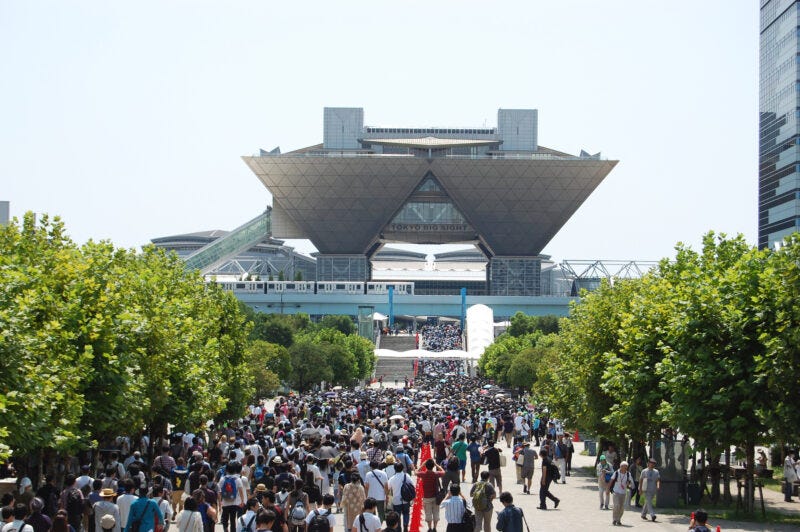The Hidden Reasons Behind Anime’s Popularity in Japan and Worldwide
Anime isn’t just entertainment in Japan—it’s a cultural phenomenon. Here’s why.
Anime culture in Japan isn’t just entertainment—it’s a way of life. Japanese animation has captured the hearts of millions, not just in Japan but across the globe. From iconic anime series like Pokémon, Doraemon, and Captain Tsubasa (known as Oliver e Benji in Portugal, which may surprise many fans!), anime offers something for everyone.
But why is anime so deeply rooted in Japanese culture? What makes it so beloved in Japan and beyond? This article explores why anime is so popular in Japan, its cultural significance, and its powerful global influence.
1. The Rich History of Japanese Anime
Anime’s origins date back to early 20th-century Japan, where artists began experimenting with animation techniques inspired by traditional Japanese art forms like ukiyo-e (woodblock prints) and manga storytelling. Over time, it evolved into a dominant force in entertainment, blending history, creativity, and Japan’s deep storytelling traditions to create a unique and thriving anime industry.
2. A Genre for Everyone: Why Anime Appeals to All Ages
Unlike Western cartoons, which are often targeted primarily at children, Japanese anime caters to all age groups. With genres ranging from shonen (action-packed stories for young boys), shojo (romantic anime for young girls), seinen (mature anime for adults), and psychological thrillers to fantasy epics, anime ensures there is something for every viewer. This diversity is a key reason why anime remains so deeply ingrained in Japanese society.
3. High-Quality Animation and Storytelling
Japan is known for its exceptional anime production quality. With studios like Studio Ghibli, MAPPA, Kyoto Animation, and Ufotable, anime consistently delivers stunning visuals, intricate character development, and engaging storylines. Whether it’s the emotional depth of Your Name or the thrilling action of Attack on Titan, the dedication to crafting visually and narratively rich experiences keeps fans coming back.
4. Emotional Depth: Tragic and Thought-Provoking Storytelling
Unlike many Western animations that emphasize happy endings, anime often explores darker and more complex themes, including tragedy, sacrifice, war, and existential dilemmas. This storytelling depth allows anime to resonate with viewers on a deep emotional level.
Take Mobile Suit Gundam (1979) as an example. It combined realistic scientific theories with an intense war narrative, exploring loss, heroism, and the morality of war. Fans didn’t just watch; they engaged through Gunpla (Gundam model kits), further immersing themselves in the anime’s world. This level of fan involvement is one of anime’s most unique aspects.
5. Anime as an Escape from Reality
In Japan, where work culture is intense (I will tell my story later;)), anime serves as an escape. Many viewers find solace in fantastical worlds, heartwarming friendships, and inspiring character journeys. Anime explores universal human emotions—friendship, love, self-discovery, and overcoming hardships, making it highly relatable and emotionally compelling.
6. Anime Fandom: A Community-Driven Culture
Anime is more than just a passive viewing experience—it’s a social phenomenon. From massive anime conventions like Comiket and AnimeJapan to cosplay culture, themed cafes, and online communities, anime fans actively engage with their favorite series. This sense of belonging strengthens anime’s role in Japanese society and beyond.
The picture below shows the biggest Comiket in Japan. You’ll see long lines of attendees, some arriving as early as dawn to grab exclusive merchandise. Many fans spend months preparing elaborate cosplays.
7. The Economic Power of Anime in Japan
Anime is a multi-billion-dollar industry. Beyond TV shows and movies, it drives merchandise sales, video games, manga, streaming platforms, and tourism. Fans worldwide embark on “anime pilgrimages” to visit real-world locations featured in their favorite anime, further boosting Japan’s economy.
8. The Global Reach of Japanese Anime
With the rise of streaming platforms like Netflix, Crunchyroll, and Funimation, anime has become more accessible than ever before. International fans are embracing anime culture, influencing global trends in art, fashion, and storytelling. This cross-cultural exchange ensures that anime’s influence continues to grow worldwide.
Conclusion: Why Anime is So Important in Japan
Anime in Japan thrives because of its rich history, diverse storytelling, exceptional quality, and strong community involvement. It’s more than entertainment—it’s a cultural phenomenon that shapes Japanese society and inspires fans worldwide. Whether you’re a lifelong fan or just beginning your anime journey, one thing is certain: anime’s impact is only growing stronger.





